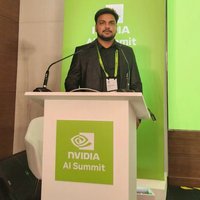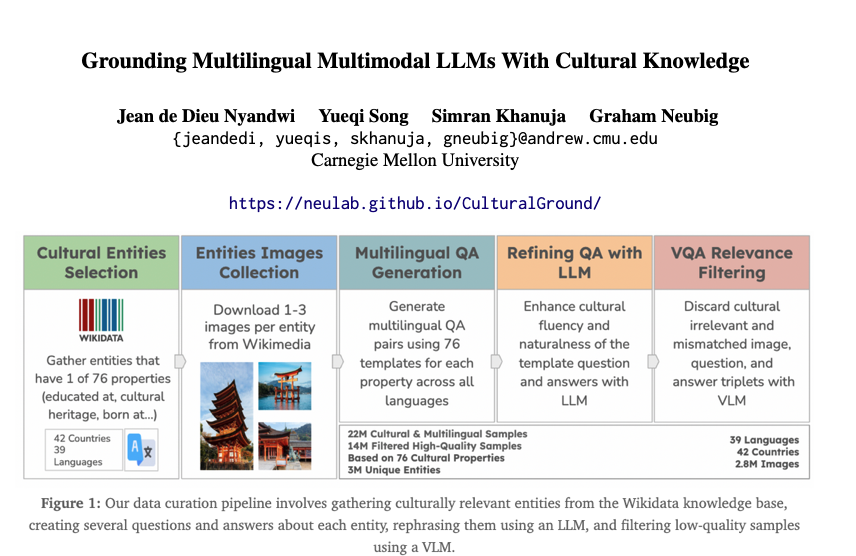
Manish Pandey 🧬
@manish_genai
Co-Founder @FreeDoctr 🧬⚕️ ,
Building a collaborative Platform for Patients and Doctors. 🌐🩻
#GraphML, #GeometricDL, #Gen AI #ML ,#RL, #LLM, #AIForHealthcare
ID: 1423712366441635841
https://www.linkedin.com/in/manish-genai/ 06-08-2021 18:27:53
811 Tweet
425 Takipçi
6,6K Takip Edilen


I have been advocating tensor methods for almost decade and a half. Take a look at our tensor methods in deep learning from a few years ago arxiv.org/abs/2107.03436 Tensorly package allows defining tensor operations in Pytorch seamlessly tensorly.org Jean Kossaifi





Can we train a 3D-language multimodality Transformer using 2D VLMs and rendering loss? Sasha (Alexander) Sax will present our new #icml25 paper on Wednesday 2pm at Hall B2-B3 W200. Please come and check! Project Page: liftgs.github.io

























